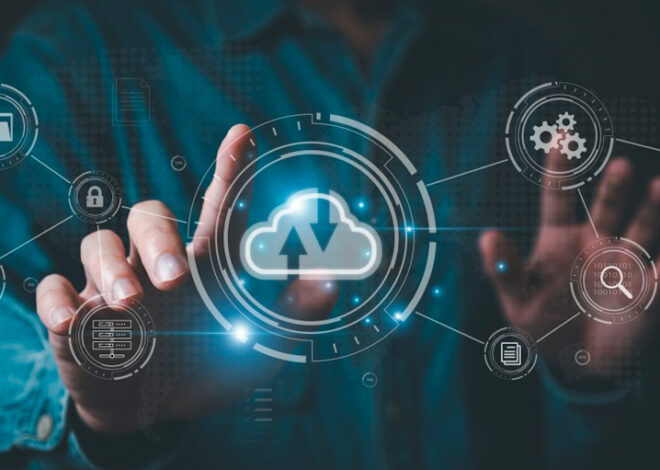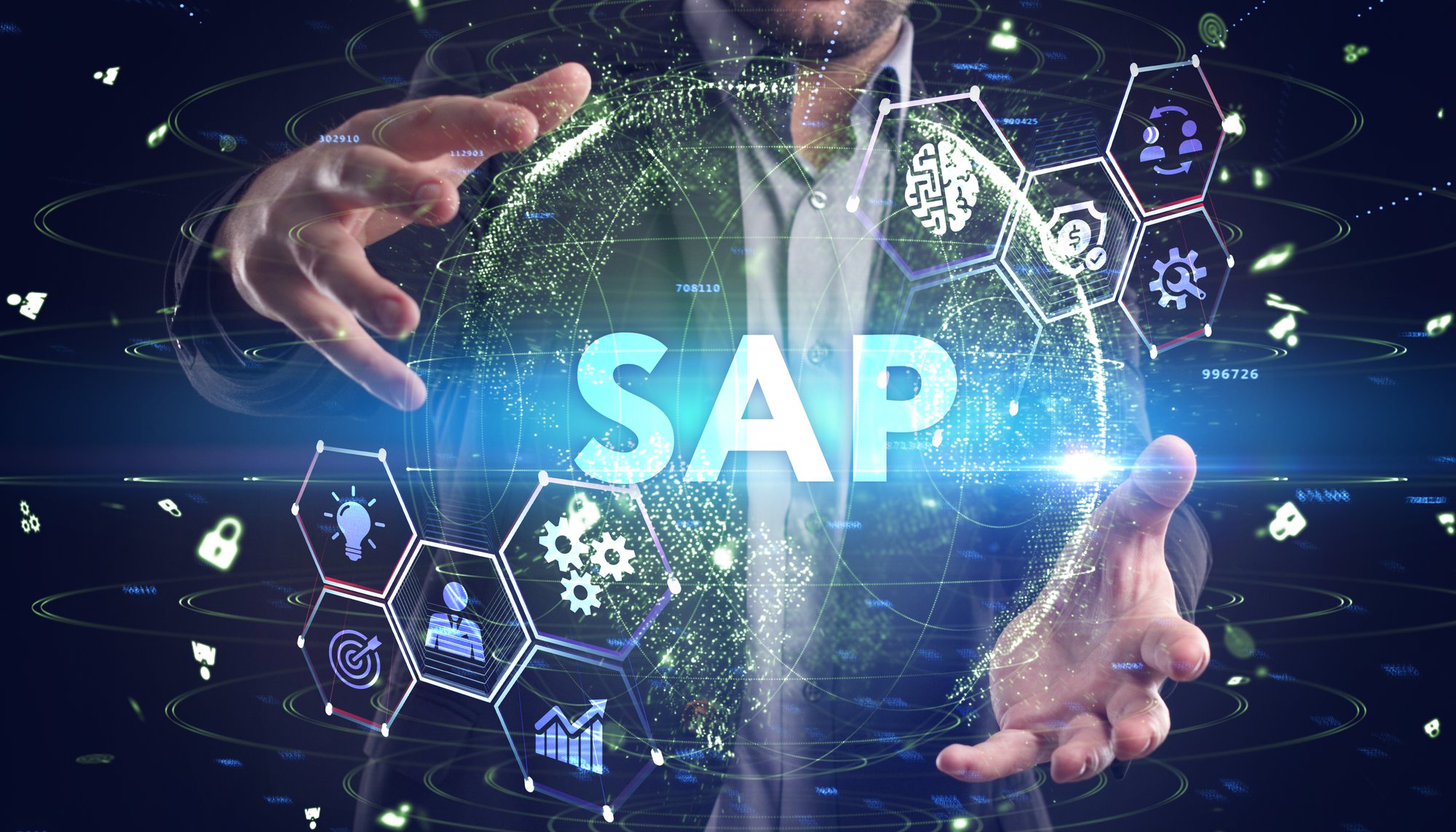SAP
Optimize Migration and Maximize Returns: Solix offers a Strategic Approach to SAP Systems Migration from SAP R/3 and SAP ECC to SAP S/4 HANA
Introduction: The transition from SAP ECC to SAP S/4HANA is a pivotal move in the ever-evolving landscape of SAP systems. This blog explores the critical practices of active archiving and application retirement, seamlessly integrated into the migration process. Let’s delve into the latest statistics from SAP Insider, Forrester, and Gartner, highlighting the urgency driven by […]
SAP Active Archiving: Improve SAP System Performance and Reduce Maintenance Costs with SAP ILM
Learn how SAP Archiving can help manage data growth, improve overall system performance and reduce costs.
The widespread adoption of SAP solutions within enterprises has led to exponential growth in data. But if left unchecked, this unmitigated data influx will stretch SAP system resources thin and degrade system performance, resulting in a loss of productivity and frustrated business users. Overcoming these issues requires prioritizing information lifecycle management (ILM). (more)
SAP Application Retirement and Decommissioning: What Your Business Needs To Know
Your guide to SAP application retirement and decommissioning. Here are the best data retention strategies and what to consider.
Information technology has progressed by leaps and bounds over the last decade, and organizations have been modernizing their IT landscapes to keep pace. But this ongoing transformation has left many of these organizations dealing with rigid legacy applications—full of historic yet valuable data—while navigating a new digital landscape.(more)
Optimize migration to SAP S/4HANA with SAP Archiving
SAP’s new enterprise resource planning (ERP) solution, SAP S/4 HANA, brings many enhanced features and faster computing capabilities. SAP S/4 HANA uses the robust in-memory SAP database HANA. It is considered the digital core for connecting enterprises with people, business networks, the Internet of things (IoT), and big data. It also enables organizations to make business decisions informed by real-time insights, machine learning, IoT scenarios, and predictive computing. It also allows for a more comprehensive array of deployment options, including on-premises, public cloud, private cloud, hosted cloud, and hybrid environments. (more)




